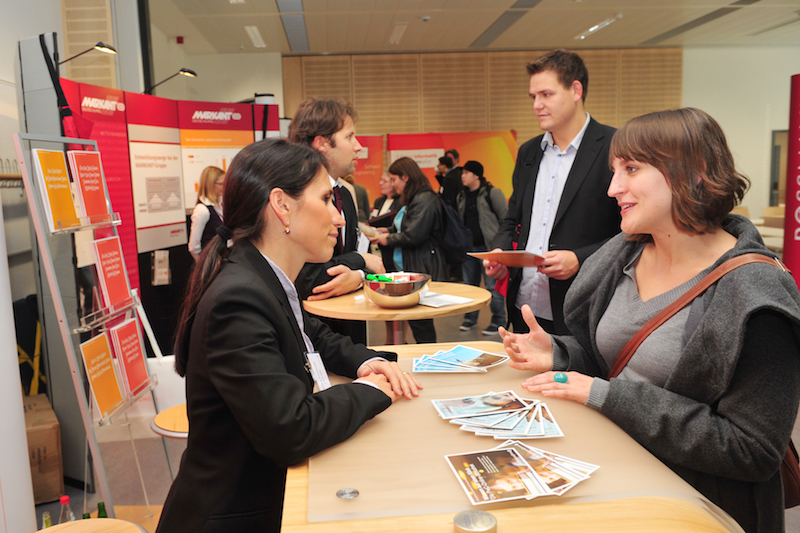Preparing for a Career Fair
By Christina Withey
March 2020
I love a well-organized career fair. To me, there’s no better way to meet many qualified young professionals at once. Sometimes specific schools organize career fairs, while other times organizations tailored to a certain industry put on the events. These events are so valuable to students, alumni and their prospective employers.
When recapping with my colleagues after a career fair, we often wish we could have given advice to some specific students that might help them to fare better in the future. That’s what I aim to do here.
What is the purpose of a career fair?
The acquaintances you make with company ambassadors at a career fair will increase the probability of those organizations considering your application. Most career fairs allow you to approach employers at booths or tables set up in the event venue. Instead of spending many hours online completing applications, these events are a special opportunity to connect with hiring managers, recruiters and employees of your most-desired firms on a one-on-one basis!
Some employers approach these events as casual networking, while others use career fairs for speed interviewing. My firm does not have a formal internship program, so I utilize a career fair to consider potential talent for future entry-level roles at our company.
These events are almost always crowded, so it’s important to be prepared, even before walking into the venue.
How should I prepare?
The best first step is to research all participating employers. Learn a little bit about the organizations, check out what they’re hiring for currently, and consider whether or not this could be a place where you’d like to work. Pre-register for the event, if possible, too — sometimes, a career fair will provide the résumés of attendees to employers to review in advance.
Take notes about each of the organizations you’re most interested in meeting with. Think of smart questions specific to each organization and the opportunities available there. This short list of potential employers will be where you focus your energy during the career fair.
Consider a brief introductory statement for yourself. What information about your skills, experience and interests can you confidently share in less than a minute? How can you add value to an organization? What internships have you held? Fine-tune it and use it as an elevator pitch.
Lastly, prepare your wardrobe carefully and plan to dress professionally. When attending a career fair, dress as if you are going to an interview. Have hard-copy résumés printed and available to hand out in a nice folder, too.
What should I do on the day of the career fair?
First of all, come early. You want to be able to check in and get a good look at the layout before making your way to the employer tables. You will also have a better chance of accessing your short list of potential employers if you give yourself time to visit them all.
A confident and friendly greeting is important. When approaching a booth, extend your hand, say hello and state your name. A quick, firm handshake is best. It might sound silly, but a handshake can be quite memorable.
Try to stay positive and energetic throughout the day. Take breaks when you need them. You don’t want to appear drained or bored.
If you’re truly interested in a specific company, then be sure to verbally reiterate that to the ambassador before walking away. Collect the business cards and materials from everyone you speak with during the career fair.
What should I do afterward?
At the event, the company ambassadors who you spoke with may have been talent acquisition directors like me, HR team members or even firm employees who came to share their own experiences with a company. All of these people are valuable contacts to have going forward.
Be sure to follow up with company representatives via email (or in the way they requested) within 48 hours in order to stay top of mind. Provide a digital version of the résumé that you gave them at the event. Connect with them on LinkedIn, too. Never underestimate the power of a powerful network.
photo credit: shutterstock



